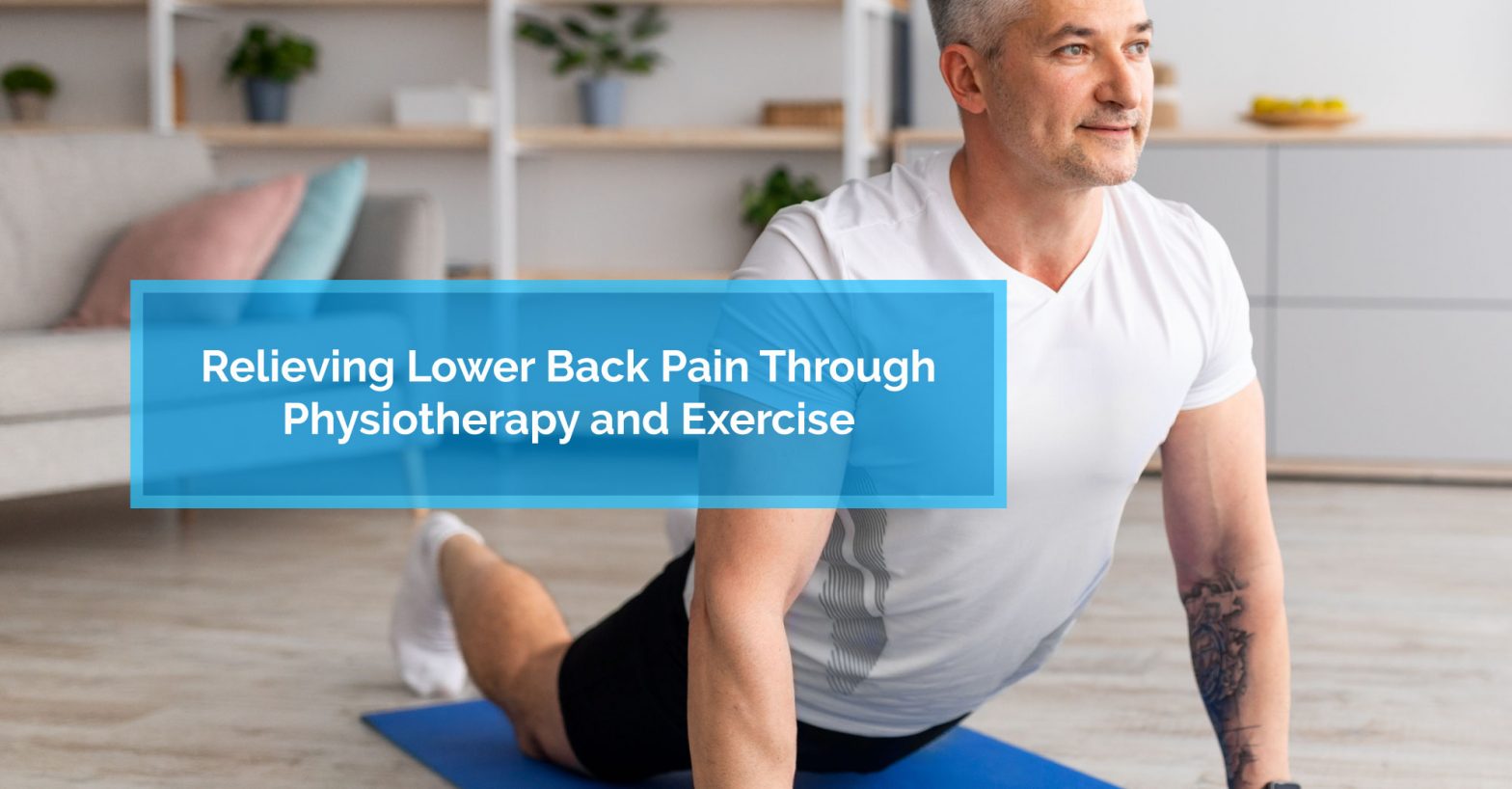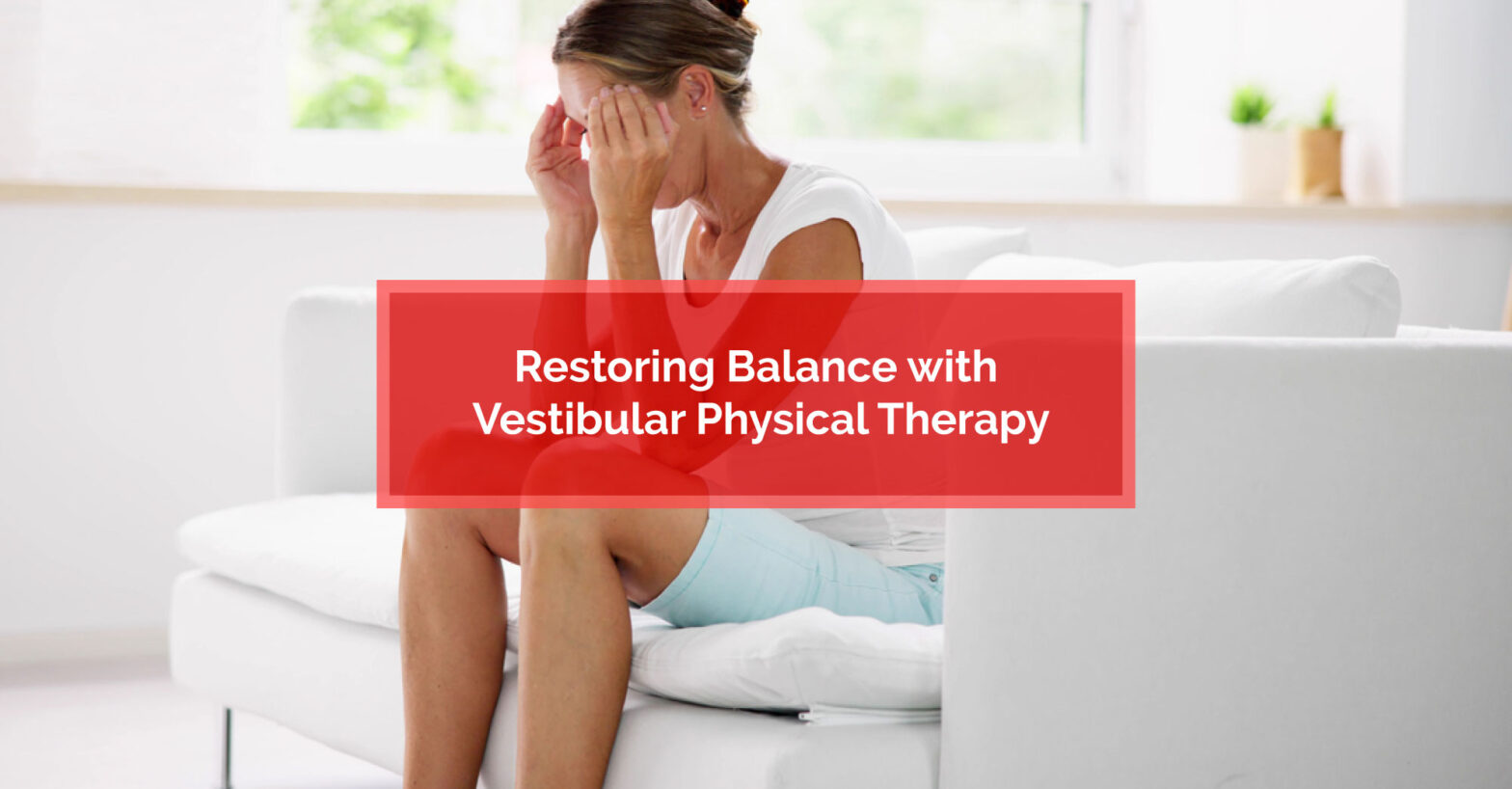Osteoarthritis Treatments: What You Need to Know...
Key Highlights: Osteoarthritis treatments focus on pain relief, restoring joint…
Read More
Posted by Dr. Scott Wilson | 15-May-2022
Lower back pain is a very common condition. In fact, it’s something that almost all of us will experience at some point in our lives. Unfortunately, it can also be extremely painful and even debilitating. In some cases, the pain is sharp & sudden while in others, it’s more of a continuous ache. Anti-inflammatories provide relief in milder, more temporary cases. In the most extreme cases, surgery is sometimes required. However, for the majority of people suffering with persistent and significant lower back pain, the best treatment option is Physiotherapy and exercise. Before we look at what sort of Physiotherapy interventions and exercises can help with lower back pain, let’s take a look at some of the causes.
Lower back pain is often caused by related chronic conditions or by damage done to soft tissue (muscles and ligaments), the spinal joints, discs or vertebrae. Often this damage is the result of excessive stress, straining or movement from our daily life. The fact that many of our “activities of daily living” can lead to lower back pain is why millions of people, at various stages of life, experience it. Of course, direct trauma from automobile or other accidents can certainly result in damage causing lower back pain.
Spinal Stenosis: Spinal stenosis occurs when the spaces within the spine narrows and compresses the spinal cord as well as the nerve roots exiting each vertebra. The pain from spinal stenosis increases over time and can even become debilitating.
Ankylosing Spondylitis: Ankylosing spondylitis is a genetically based chronic condition that inflames the joints of the spine resulting in pain and stiffness. It is a rare form of arthritis that can be triggered by infections, physical or emotional stress, and pregnancy. Without proper treatment, ankylosing spondylitis can cause some of the vertebrae in the spine to fuse, reducing flexibility and resulting in a hunched posture
Fibromyalgia: Fibromyalgia is a stress related chronic condition that is often triggered by an injury or viral infection. It causes pain, fatigue and muscle aches not only in the lower back but all over the body. The pain experienced can be intense and constant, and the condition can make the pain from unrelated injuries last longer than otherwise.
Sudden movements and repetitive physical activities can also lead to excessive wear and tear, and the stressing, straining or degradation of soft tissue and spinal joints, discs or vertebrae. Sudden movements can stretch tight or weak muscles or ligaments beyond their limits resulting in tears in the muscles or ligaments. Depending on the severity of the tear, this pain experienced can be sharp and severe.
Repetitive activities include spending prolonged periods of time sitting or performing tasks such as heavy lifting, pulling, or twisting the spine. While poor posture may not be considered a repetitive physical activity, its impact overtime can be very similar. Sciatica, a common lower back pain condition, is the result of the compression of the Sciatic nerve. This often results from a herniated or slipped disc, which is an outcome of spinal stress and degradation.
Of course aside from moving beyond the limits of your body without the right support, or degradation from repetitive activities, lower back pain is also caused by direct trauma to the lower back. In fact, this kind of pain resulting from muscle or ligament tears, and/or bone or disc damage is not an uncommon result of a car accident or a slip and fall.
The main focus of a physiotherapy and exercise program for lower back pain is reducing pain due to inflammation, and increasing flexibility and strength in the core muscles that support the lower back. Passive physiotherapy treatments can include a combination of manual therapy, hot & cold therapy, ultrasound and electrical stimulation. A typical exercise program will include a combination of stretching and strength building exercises.
Manual therapy is a hands-on form of treatment. It involves the application of pressure to treat soft tissue, joint inflammation and pain. It also helps with increasing range of motion and improving movement. Hot & cold therapy involves the use of heat pads, hot water bottles, ice packs, and cold compresses. Heat therapy treatment increases blood flow and helps to loosen tight muscles. Cold therapy treatments are used to reduce inflammation by decreasing blood flow. Ultrasound therapy uses sound waves or vibrations to deliver heat and energy through the skin to reduce pain and promote healing. Electrical stimulation therapy has a similar impact but instead uses electrical pulses. In addition to helping to reduce pain and inflammation, these treatments help support an active stretching and exercise program.
Stretching the lower back, abdominal, hip, and/or leg muscles is integral to most lower back pain physiotherapy programs. It helps to increase flexibility and range of motion. It also provides stimulation to muscles that have begun to get smaller and weaker from lack of use. Stretching can also help with relieving spasms that are caused by poor posture and nerve irritation. A stretching program will target the back, abdominal, gluteus (buttocks) and upper leg muscles. It will start with shorter, static stretches that gradually build over time as flexibility increases. Some of the top stretches include:
The primary focus of a strengthening program is the core muscles. This is the group of muscles in the abdominals, back and hips that attaches to the spine or pelvis. Together, they provide postural control and stability. When these muscles are strong, they’re more capable of tolerating stress, whether during intense activity or prolonged sitting. In addition to helping with an existing condition, it also helps reduce the risk of further or future injury. Exercises can use natural body weight or added weight for resistance. Machines, along with gym balls or balancing machines for stabilization exercises, are also useful. Some of the top core strengthening exercises include:
Answer: Yes, some causes are unique to women. Premenstrual syndrome (PMS), Premenstrual dysmorphic disorder (PMDD), Endometriosis, Dysmenorrhea, and Pregnancy are all unique causal factors.
Answer: Yes, working in cold temperatures reduces blood flow to the muscles, tendons, and ligaments that support the spine. This is why we recommend taking specific steps to avoid back pain during cold weather.
Answer: For fast relief from back pain, over the counter or prescription pain medications and anti-inflammatories can help. Hot and cold treatments can also provide some fast acting relief. Of course, these only address symptoms and the relief they provide is only temporary.
Answer: The best natural approach for dealing with back pain is staying active, maintaining a good posture, and maintaining a healthy weight.
Lower back pain is one of the most common health conditions we face. However, your condition can be treated and you can continue to enjoy a good quality of life. All it takes is a knowledgeable Physiotherapist and a combination of passive Physiotherapy treatments, stretching and strengthening exercises.
If you’re struggling with lower back pain, contact us today and let us show you why, at Physiomed, Healthier Starts Here.

Key Highlights: Osteoarthritis treatments focus on pain relief, restoring joint…
Read More
Key Highlights: Runner's knee, or patellofemoral pain syndrome, is a…
Read More
Key Highlights: Upper back and neck pain can be caused…
Read More
Key Highlights: Many people want to lose belly fat for…
Read More
Key Highlights: Vestibular physical therapy, or physiotherapy, is a specialized…
Read More
Key Highlights: Tennis elbow, or lateral epicondylitis, is a condition…
Read More